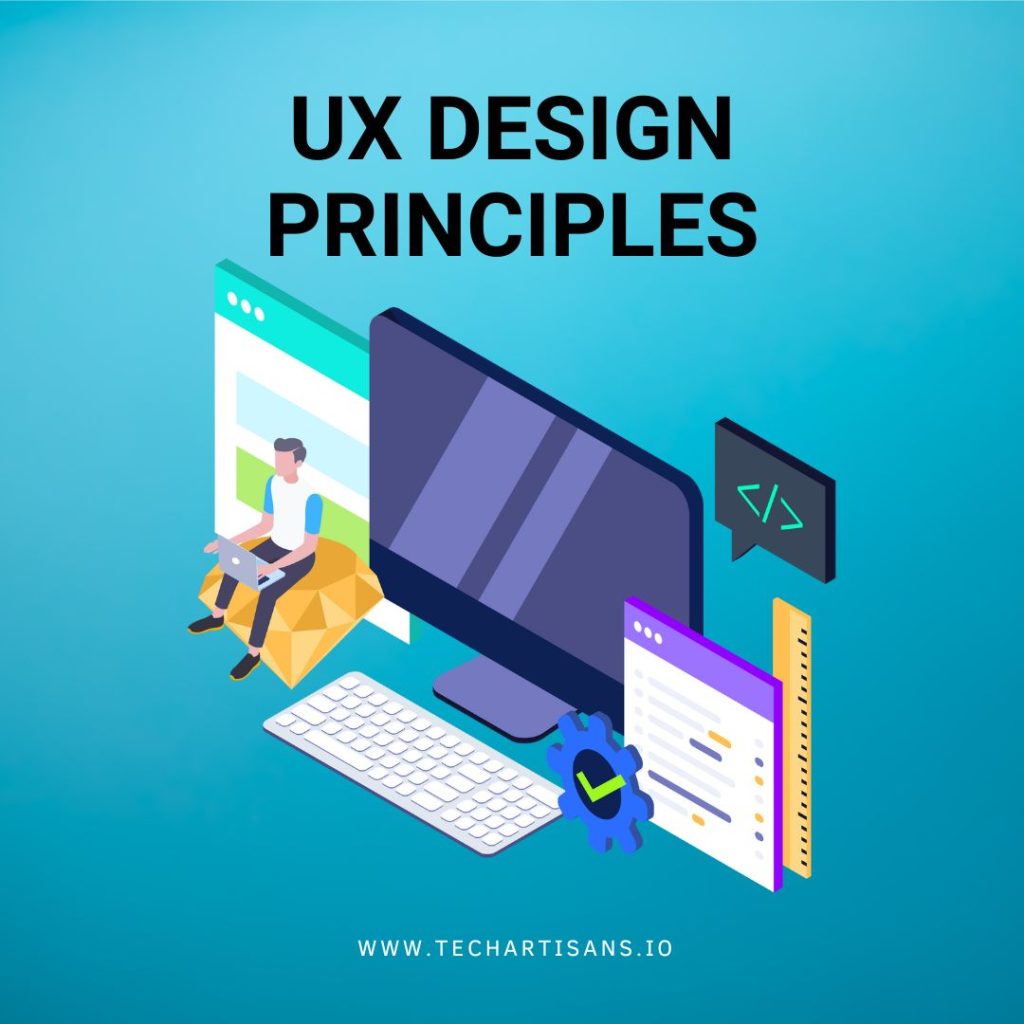A well-designed website is essential for small to medium businesses in the digital age. It captures attention, showcases services, and builds brand identity. Various types of web designing offer unique features. This article explores these options to help tailor your website to your business needs. Let’s begin this journey of web design transformation.
Types of Web Design
This section explores three main types of web design: static, responsive, and fluid. Each design type offers unique benefits and potential challenges, shaping the user experience on your website. It’s crucial to consider which aligns best with your business goals. Let’s delve into these web design types.
Static Web Design
Static web design involves fixed content presented exactly as stored in HTML. It offers simplicity, stability, and speed, making it ideal for small-scale, content-focused websites. However, it needs more interactivity and scalability, which might limit its suitability for larger, interactive sites.
Dynamic Web Design
Dynamic web design enables real-time content updates and interactivity. It’s great for larger websites, blogs, and businesses that need frequent content changes. It offers a better user experience and easier content management through CMS platforms like WordPress.
Responsive Web Design
Responsive web design ensures your website looks and works well on all devices, from desktops to mobile phones. It enhances the user experience by making your site flexible and easy to navigate, regardless of the device used.
Read Crafting Exceptional Designs: Top 17 Essential Elements
Role of Web Developers and Designers
Web developers and designers play complementary yet distinct roles in creating and maintaining websites.
Front-End Web Developer
Front-end developers bring designs to life, crafting user-friendly interfaces that optimize performance and maintain aesthetic consistency. They create seamless, intuitive user interfaces for engaging users and driving business success.
Back-End Web Developer
Back-end developers ensure a website’s core functionality, managing databases and server-side operations. Their work significantly impacts efficiency, security, and the overall user experience. Proficient database management contributes to speedy data retrieval, storage, and a seamless website experience, fulfilling business data needs.
Full-Stack Web Developer
Full-stack developers excel in front-end and back-end web development, offering a comprehensive understanding of the entire process. Their versatility streamlines development, potentially saving time and costs. They’re well-equipped to handle challenges, enhancing your website’s functionality and user experience.
Popular Website Layouts and Their Benefits
Understanding popular website layouts and their benefits is integral in choosing the most effective design for your website. Let’s explore some of the most widely used layouts and why they might be the perfect fit for your online presence.
Grid-Based Layout
A grid-based layout is a website design framework that divides pages into sections or “grids.” It offers a structured and organized design, perfect for showcasing portfolios and e-commerce sites. It enables easy navigation and visual hierarchy, making it user-friendly.
Magazine-Style Layout
The Magazine-Style layout is another popular choice when considering design for your website, especially effective for content-rich websites. The Magazine-Style layout often includes variety in the visual presentation, supporting images, videos, and text to keep your audience interested.
Asymmetrical Layout
The Asymmetrical layout is a creative and dynamic approach to web designing. This layout leverages visual imbalance to draw attention and create engaging, intriguing experiences. It’s ideal for brands looking to stand out and make a bold statement.
Tools for Various Web Designs
Here’s a concise overview of essential web development tools for various web designs
Code Editors
Code Editors in Web Development are essential workspaces for writing and editing source code. They streamline development with features like syntax highlighting and auto-completion. Two notable code editors are Sublime Text and Visual Studio Code.
UI Frameworks
UI Frameworks streamline web application development by providing pre-written, customizable code for interactive, visually appealing interfaces. They ensure design consistency, reduce development time, and enhance the user experience, leading to greater customer satisfaction and responsiveness across devices.
Version Control Systems
Version Control Systems (VCS) are vital in web development, precisely tracking and managing code changes. They enhance accountability, encourage collaboration, and improve website reliability. VCS safeguards against errors and enables concurrent development, ensuring a robust web presence for your business.
Tips for Choosing the Right Web Design for Your Business
Here are some Tips for Choosing the Right Web Design for Your Business.
- Know Your Audience: Understand your target audience’s demographics, preferences, and behavior to tailor your website design to their needs.
- Assess Business Needs: Define your business goals and consider content type and future growth to choose a design that aligns with your objectives.
- Analyze Competitor Websites: Study competitor websites to identify industry trends, user expectations, and areas for improvement, inspiring while differentiating your brand.
- Prioritize User Experience (UX) and SEO: Create a seamless and intuitive interface for visitors to improve user satisfaction and combine it with strong SEO practices to boost visibility and organic traffic.
Conclusion
The type of web design you choose impacts your website’s performance significantly, user experience, and alignment with your business goals. Whether it’s static, dynamic, or responsive design, each type offers unique advantages, and the choice ultimately depends on the specific needs of your business and target audience. Understanding the popular layouts, recognizing the importance of essential web development tools, and choosing the right design for your business are all steps towards a successful online presence. Investing time and resources in your website’s design can significantly enhance your brand image, customer satisfaction, and overall business success.
Frequently Asked Questions
Here are some FAQs related to web designing.
What is the difference between a web developer and a web designer?
A web developer handles the website’s back end, ensuring all components work together. A web designer focuses on the front end, creating an engaging user interface.
What are some popular website layouts to consider?
Popular web layouts include an F-layout for content-heavy sites, a Z-layout for guiding users to a call-to-action, and a grid layout for a clean, organized appearance, great for portfolios or galleries.
Why is responsive web design important in today’s world?
Responsive web design is essential in a multi-device world, optimizing user experience and SEO by ensuring your site looks and works well on desktops, tablets, and mobiles.







